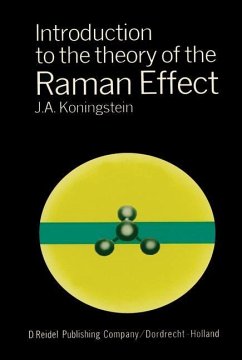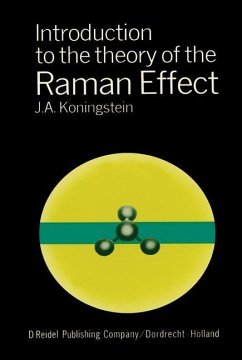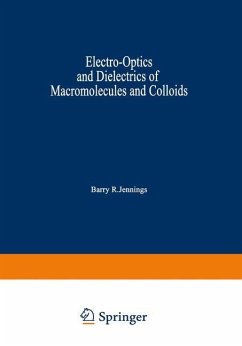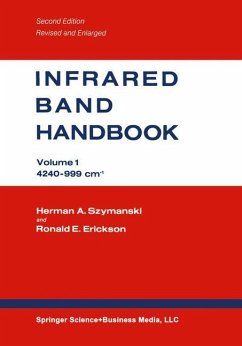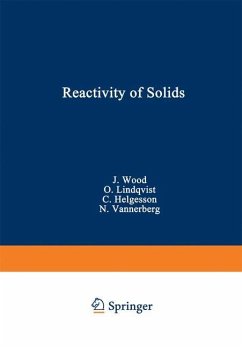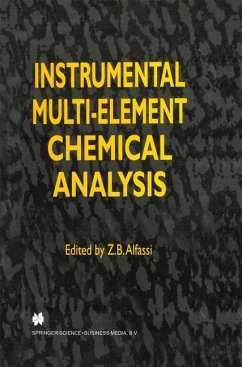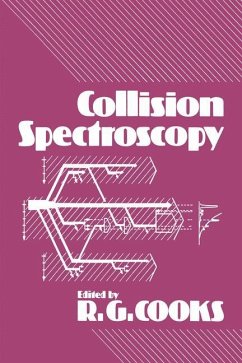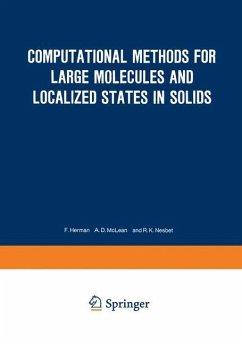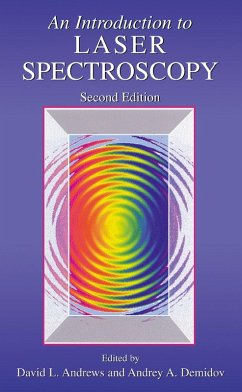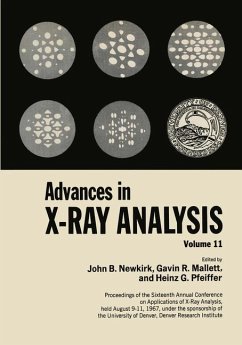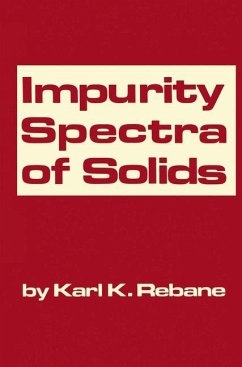
Impurity Spectra of Solids
Elementary Theory of Vibrational Structure

PAYBACK Punkte
19 °P sammeln!
It is very rewarding for an author to know that his book is to be translated into another language and become available to a new circle of readers. The study of the optics and spectroscopy of activated crys stals has continued to grow. The development and first remarkable successes of light scattering by impurities in crystals have occurred in the comparatively short time since my original book was sent to press. After experimental observation of the sidebands (wings) in impurity infrared absorption spectra, interest in these spectra as a source of information on the vibrations of a crystal in...
It is very rewarding for an author to know that his book is to be translated into another language and become available to a new circle of readers. The study of the optics and spectroscopy of activated crys stals has continued to grow. The development and first remarkable successes of light scattering by impurities in crystals have occurred in the comparatively short time since my original book was sent to press. After experimental observation of the sidebands (wings) in impurity infrared absorption spectra, interest in these spectra as a source of information on the vibrations of a crystal in the neigh borhood of an impurity has increased significantly. Therefore, in addition to making minor corrections, r have supplemented the section on the effect of anharmonicity (section25) and written two new sections and another Appendix on infrared ab sorption, scattering of light by an impurity center in a crystal, and the adiabatic approximation, respectively. The bibliography has received several dozen new entries, but it nevertheless does not pretend to be complete. r hope that the American edition is useful and in some de gree corresponds to the general deepening of our physical under standing of solids.





